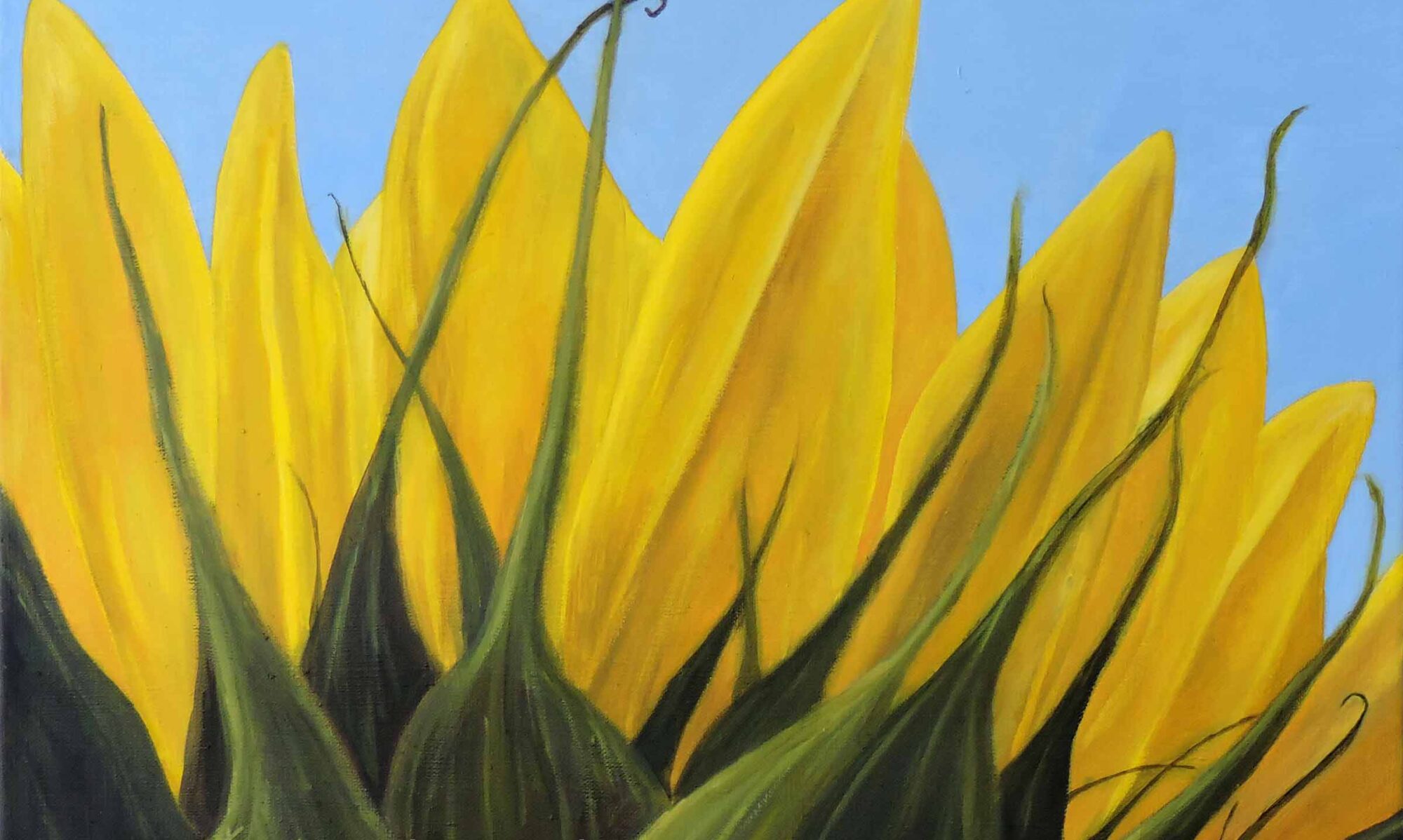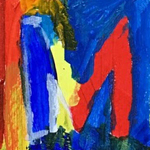
MACRAMÉ | MUSICAL STILL LIFE
Quick links to more art terms and definitions are located at the end of the list.
Macramé
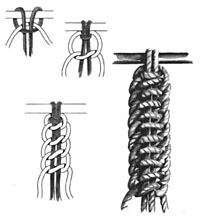
An old craft form of textile-making that uses knotting rather than weaving or knitting. Its primary knots are the square knot and forms of hitching (full hitch and double half hitches). Sailors use it, especially in elaborate or ornamental knotting forms, to decorate anything from knife handles to bottles to parts of ships.
Magenta

One of the four process colors in printing. In CMYK, the M is for magenta. A color also known as fuchsia or hot pink; a moderate to vivid purplish-red or pink.
Magenta is often associated with creativity, uniqueness, and unconventional thinking. It is a popular choice in design, fashion, and art for its bold and striking appearance.
Magic Realism
A term coined by the German art critic Franz Roh in 1925. Magic Realism is a captivating art movement that merges elements of realism with the fantastical, creating a sense of wonder and mystery. Unlike Surrealist artworks, which delved into the fantastic and dreamlike, Magic Realist paintings focus on portraying everyday reality with a twist.
Mahl Stick
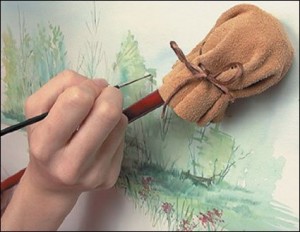
A tool used by artists to steady their hands while painting intricate details on canvas art. The word Mahl stick originates from the Dutch word “maalstok,” which means “painter’s stick.” It is a three-foot long, round stick with a knob on one end. The painter rests the ball end on the edge of the canvas, easel, or dry spot of the painting, while holding the other end with a non-painting hand to steady the brush hand while painting. Also referred to as an “artist’s bridge.”
Mannerism
An artistic movement developed in the sixteenth century as a reaction to the classical rationality and balanced harmony of the High Renaissance, characterized by the dramatic use of space and light, exaggerated color, elongation of figures, and distortions of perspective, scale, and proportion. El Greco was a prominent practitioner of this style.
Marine Still Life
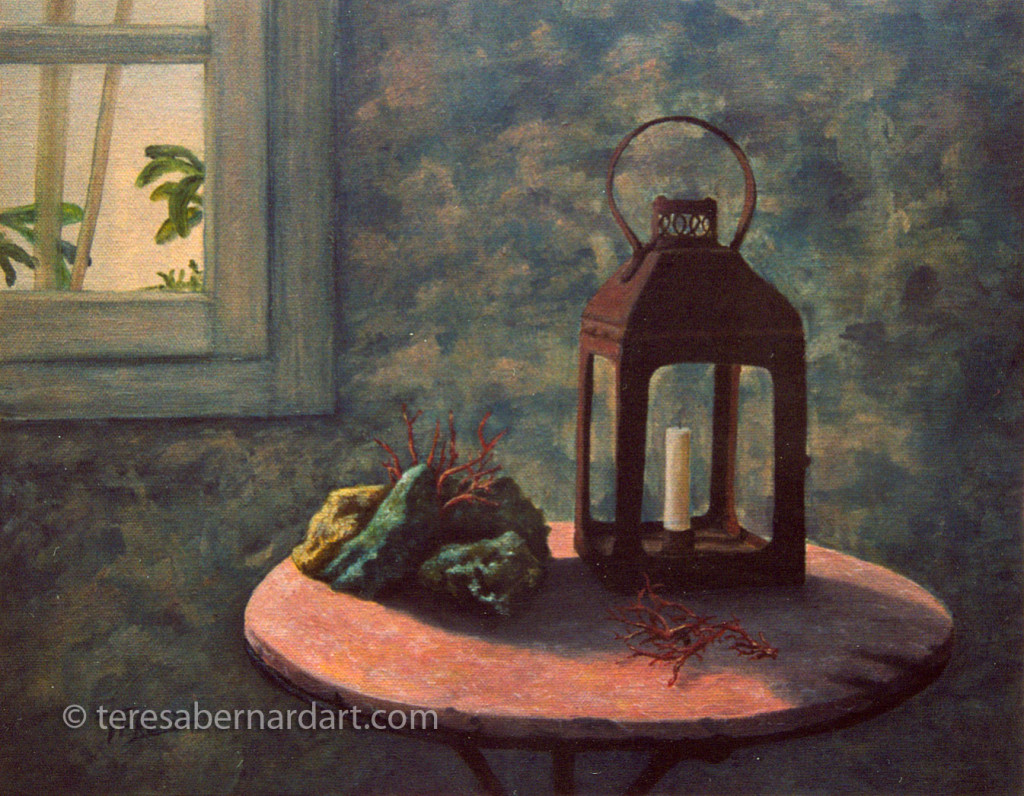
A type of still life painting that focuses on objects related to the sea and maritime activities. This genre often includes items such as nautical instruments, ship parts, marine life, and other objects associated with the ocean and seafaring.
Marine still lifes can capture the essence of maritime life, highlighting the textures, colors, and forms of nautical elements. These paintings often focus more on natural marine elements like shells, coral, marine plants, and sea creatures.
Maritime Art (or Marine Art)
Artwork that derives its inspiration from the sea. This art genre depicts life on the high seas, boats and ships, fishermen, and so on. It includes art showing shipping on rivers and waterways, as well as all art depicting boats and ships. It almost always consists of some element of a seafaring vessel. Ship portraits are also a popular style of maritime art that depicts a single vessel. For more on marine art, click here.
Maritime Artist
A skilled artist who creates artwork featuring ships, boats, and various maritime themes, using mediums like oil paints, watercolors, and pastels to depict the beauty and force of the sea and the majesty of seagoing vessels.
Marquette
A French term for “small model,” refers to a small wax or clay model used as a preliminary sketch in sculpture, often presented to clients for approval or for entry in a competition.
Masterpiece (in art)
An artwork that has received significant critical acclaim and is often considered the greatest work of an artist’s career. It stands out due to its exceptional creativity, skill, and profound impact. Some key characteristics of a masterpiece are:
-
- Originality: It introduces new ideas, techniques, or perspectives that set it apart from other works.
- Technical Excellence: It demonstrates a high level of craftsmanship and skill.
- Emotional Impact: It evokes strong emotions and resonates deeply with viewers.
- Enduring Influence: It has a lasting impact on the art world and influences subsequent artists and movements.
- Universal Appeal: It transcends cultural and historical boundaries, appealing to a wide audience.
Medieval Art
A style of European art from the Middle Ages that dates from the 5th to the 15th century. Medieval art is characterized by its focus on religious subjects and themes, utilizing a variety of artistic mediums such as sculpture, illuminated manuscripts, stained glass, tapestries, mosaics, and metalwork. It is typically flat or two-dimensional, reflecting the cultural, social, and religious changes that occurred in the medieval period.
Medium (in art)
A broad term having multiple meanings: 1. The specific art materials or supplies artists work with to create a piece of art. 2. A particular type of art, such as painting, drawing, printmaking, or sculpture.
Mexican Muralism
A movement that began in the early 1920s sought to educate the uneducated population about Mexico’s history while also presenting a vision of the country’s future. Muralists, inspired by the Mexican Revolution, created politically charged public murals that emphasized Mexico’s pre-colonial history and culture, presenting peasants, laborers, and people of mixed Indian and European ancestry as heroes. José Clemente Orozco, Diego Rivera, and David Alfaro Siqueiros led a movement using techniques such as fresco, encaustic, mosaic, and relief.
Micro Art
(Also known as micro sculpture or micro miniatures)
Extremely small-scale artworks or objects, often crafted with the aid of microscopes or precision tools. These pieces are typically so tiny they can fit inside the eye of a needle or on the head of a pin. The art form emphasizes meticulous detail and technical mastery, pushing the boundaries of scale and perception.
Micro art is often crafted on unconventional surfaces such as the eye of a needle, the head of a pin, strands of human hair, or even individual grains of rice and sand.
Middle Ground
The space that makes up the distance between the foreground and background of a painting. There is no specific measurement for what the limits are. Typically, it is located somewhere on the middle plane of the canvas.
Mineral Pigments
(Also known as Earth Pigments or Natural Pigments.)
Naturally occurring colored minerals. Their identity is rooted in their chemical, structural, and physical properties. These pigments emerge from the earth itself, shaped by millennia of geological processes.
Mineral Spirits
An inexpensive paint thinner that cleans brushes, thins paint, cleans furniture, and removes wax; it is often used as a substitute for turpentine.
Miniature (in art)
A small, finely detailed artwork that can encompass various forms such as paintings, engravings, and sculptures. These pieces are typically characterized by their reduced size and intricate detail, often requiring a high level of skill and precision to create. Miniatures are usually small enough to fit in the palm of your hand. Miniature art has a long history, dating back to ancient times, and remains a valued and respected form of artistic expression today.
Minimal Design
Omitting all non-essential or unimportant elements and details that don’t contribute to the essence of the overall composition to emphasize what is important.
Minimalism
(Visual arts: painting. Also known as ABC art, or minimal art)
A movement and style of art from the 20th century that attempts to reduce art to basic geometric shapes with the fewest colors, lines, and textures. Minimal art does not seek to be representative of any object.
Mixed Media
An art technique where an artist employs different physical materials, such as ink and pastel, painting and collage, etc., and combines them into a single work.
Mixed Media Still Life
An artwork that combines different artistic mediums and techniques to create a still life composition. This approach allows artists to explore different textures, layers, and effects, resulting in a more dynamic and visually interesting piece. Some common elements and techniques used in mixed media still lifes are:
-
- Collage: Combining different materials like newspaper clippings, photographs, and fabric to create a layered effect.
- Assemblage: Incorporating three-dimensional objects into the artwork, creating a more tactile and interactive piece.
- Painting and Drawing: Using various types of paint and drawing materials to add depth and detail.
- Found Objects: Integrating everyday items that add a unique and personal touch to the composition.
- Textural Elements: Adding materials like sand, fabric, or metal to create interesting textures and surfaces.
Mixed media still lifes can be highly expressive and experimental, allowing artists to push the boundaries of traditional still life art. This style is perfect for those who enjoy exploring different artistic techniques and materials.
Model
Someone who poses for artists to draw, paint, sculpt, or photograph. Models are important in the creative process since they serve as a reference point for the human body in an artwork.
Modeling (in art)
A term with multiple descriptions: 1. The process of using clay, wax, or plaster to create a miniature version of a form. 2. The act of serving as an artist’s model, posing for a painting, sculpture, or photograph.
Modern Art
An art movement that existed from the 1860s to the 1970s. It is characterized by a departure from traditional representational art to a more abstract, experimental style. Modern art is often associated with social and cultural changes, such as industrialization, urbanization, and new technologies. It includes a variety of styles and movements, including Impressionism, Expressionism, Cubism, Surrealism, Abstract Expressionism, and Pop Art.
Modern Still Life
A contemporary interpretation of the traditional still life genre, often incorporating elements of today’s culture, technology, and artistic innovation. Unlike classic still lifes that focus on realistic depictions of objects, modern still lifes can be more abstract, conceptual, and experimental.
Although they are very similar, the terms “modern still life” and “contemporary still life” are often used interchangeably, but they do have distinct meanings based on the time periods and artistic approaches they represent. Modern Still Life works were created from the late 19th century to the mid-20th century (approximately 1860s to 1960s). The characteristics of modern still lifes often reflect the radical changes and artistic revolutions of the early 20th century. This includes movements like Impressionism, Cubism, and Surrealism. Artists experimented with form, color, and perspective, breaking away from traditional realism.
Monochromatic
Having only one color. A color scheme limited to variations of one color along with its various tints, shades, and tones.
The following is an example of a monochromatic family.
![]()
Monochrome Art
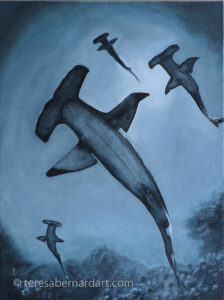
A painting, drawing, or photograph done in different shades of a single color. Understanding how to work with light and shadow allows an artist to create artwork with a lot of contrast using a single color. Monochrome art is often a popular choice for interior design schemes, since it adds an air of style to any space.
A selection of monochrome paintings can be viewed by clicking on the link.
Montage

An artwork comprised of seemingly unrelated shots or scenes that combine various existing images, such as photographs or prints, and are arranged so that they join, overlap, or blend to create a new image that achieves meaning.
Mosaic
An art medium in which small pieces of colored glass, stone, or ceramic tile called tessera are embedded in a background material such as plaster or mortar. Also, works that were made using this technique.
Motif
An important and noticeable element or feature that is repeated throughout the composition or design.
Movement
A principle of design that gives the artist control over what the viewer sees next. It shows action and creates a feeling of motion. Using this principle, the artist can create the path our eyes will travel as we look at a piece of art. Movement can be created through the use of repetition, rhythm, and action.
Multimedia Art
Artwork that uses a combination of electronic media, which could include video, film, audio, and computers.
Multimedia Artist
An artist who uses technology to create designs and special effects for electronic media.
Munsell Color System
A scientific method for visually identifying and matching colors, developed by Albert Munsell, a scientist and artist. It uses three dimensions: hue, value (lightness), and chroma (intensity or purity) to express colors in a concrete way, based on rigorous measurements of people’s visual responses to color.
Mural
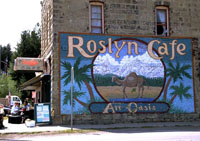
A large-scale painting or piece of graphic art created directly on a wall or ceiling. Common techniques for creating murals include fresco, mosaic, graffiti, and marouflage.
Muse
Someone who inspires creativity in the arts, especially for artists, writers, or musicians, and/or sometimes in the sciences. Throughout history, these have typically been women (but not always). The name comes from the Muses, ancient Greek goddesses of inspiration.
Museum
A not-for-profit institution that houses objects of scientific, historical, cultural, or artistic value. A museum is an institution dedicated to the acquisition, preservation, research, display, and educational interpretation of artifacts. Many museums offer public exhibitions of these historical items, while others maintain private collections for use by scholars, researchers, and experts.
Museums operate ethically and professionally, and with the participation of the community, they offer a wide range of educational, recreational, reflective, and knowledge-sharing experiences. The word “museum” originates from the Latin “muses,” which means “a source of inspiration” or “to be engrossed in one’s thoughts.”
Musical Still Life
A type of still life artwork that features musical instruments and related objects as the primary subjects. These compositions often include items like violins, guitars, flutes, sheet music, and other musical paraphernalia. The goal is to capture the beauty and essence of music through a carefully arranged and detailed composition. Some key elements often found in musical still life paintings are:
-
- Instruments: Violins, guitars, pianos, flutes, and other musical instruments.
- Sheet Music: Scores, manuscripts, and music books.
- Accessories: Items like bows, reeds, and metronomes.
Musical still lifes can evoke a sense of harmony, nostalgia, and appreciation for the art of music. They are popular among artists who enjoy the intricate details and forms of musical instruments.
You May Also Like
This art terms and definitions reference is provided as a valuable resource for art enthusiasts. If you like the information here and find it helpful, please consider purchasing a painting. Your support helps to cover the cost of keeping this art concordance online. Simply click or tap the thumbnail link of any Teresa Bernard oil painting to view additional details.
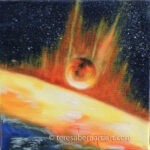
(2022)
6″ w x 6″ h
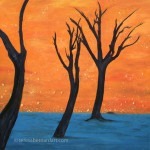
24″ w x 24″ h
Art Glossary Quick Links
Contributing to The Art Dictionary
The art definitions reference is a work in progress. New terms and definitions are added on a regular basis. If you know of an art term and definition that isn’t already listed in it, but you believe it should be, send it to us and we’ll consider adding it. We’ll let you know if we do. Thanks!
Thanks for reading this!
